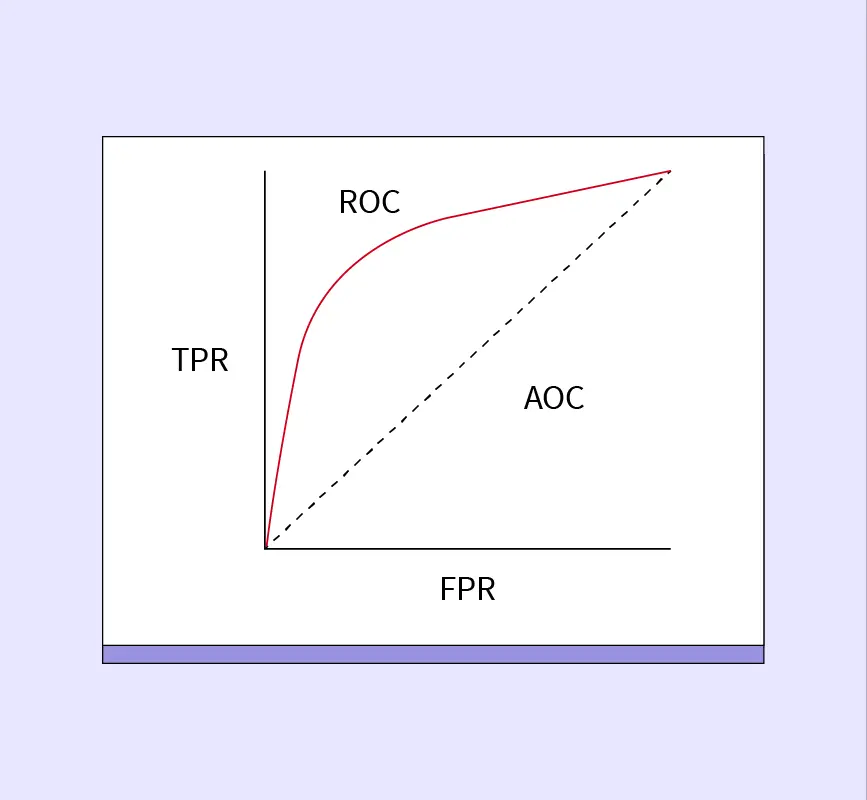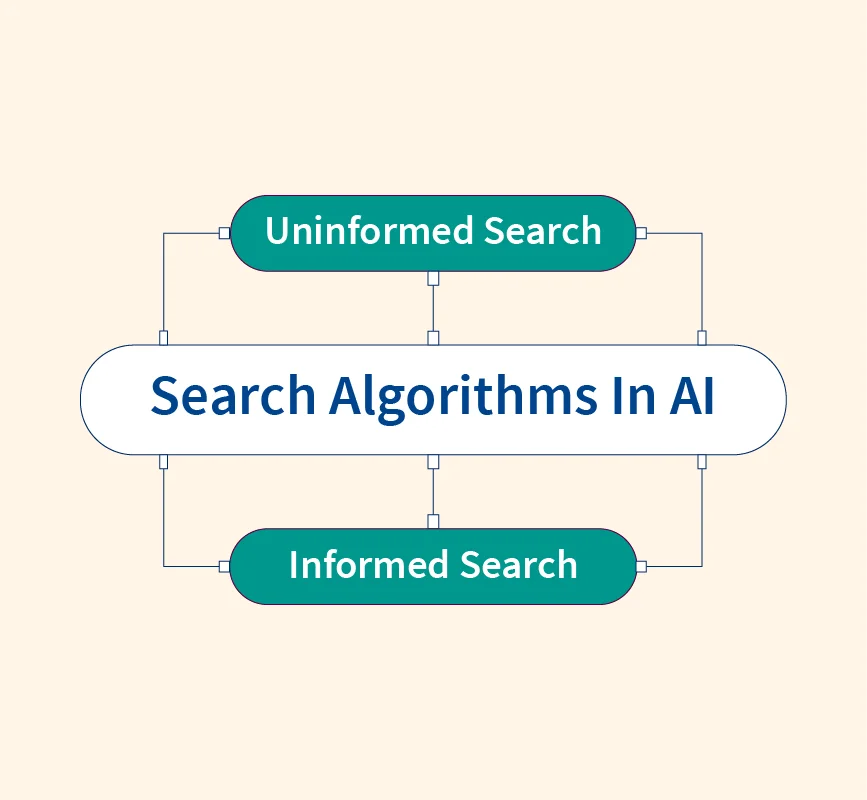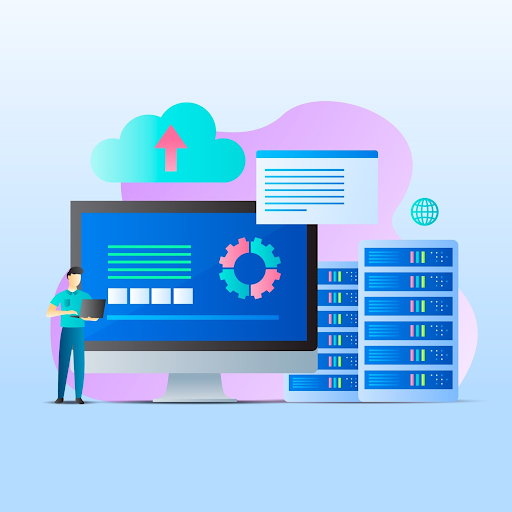In today’s data-driven world, both Data Analysts and Business Analysts play critical roles in helping organizations make informed decisions. As industries increasingly rely on data to guide strategies, these roles have become indispensable for analyzing trends, improving operations, and driving growth. While both positions contribute significantly to decision-making processes, they do so in distinct ways, catering to different aspects of business and data management.
A Data Analyst primarily focuses on working with raw data, extracting insights, and presenting findings through visualizations and reports. Their work revolves around exploring datasets, identifying patterns, and providing actionable insights that guide business strategies. In contrast, a Business Analyst bridges the gap between business goals and technical solutions. They work closely with stakeholders to understand organizational challenges and propose strategies, often leveraging data insights provided by Data Analysts.
Though these roles share some overlapping responsibilities, they differ in terms of scope and approach. While Data Analysts emphasize technical proficiency and data interpretation, Business Analysts prioritize strategic planning and stakeholder communication. Understanding these differences is essential for businesses and individuals aiming to excel in these fields.
What Does a Data Analyst Do?
A Data Analyst plays a crucial role in helping organizations make data-driven decisions by extracting insights from raw data. Their work involves analyzing datasets, identifying trends, and presenting actionable insights that inform strategies across various business functions.
Roles and Responsibilities
Data Analysts handle several essential tasks that form the foundation of data-driven decision-making:
- Data Collection and Cleaning: They gather data from multiple sources, ensuring its accuracy, consistency, and reliability. Cleaning and preprocessing raw data is a vital step to eliminate errors or inconsistencies.
- Exploratory Data Analysis (EDA): By examining datasets, they identify trends, correlations, and patterns that can provide valuable insights for the organization.
- Predictive Modeling: Using statistical methods and machine learning techniques, Data Analysts forecast future trends, helping businesses prepare for potential opportunities or challenges.
- Visualizing and Reporting Insights: Data Analysts create dashboards, charts, and presentations to communicate findings effectively. These visualizations make complex data comprehensible for non-technical stakeholders.
Tools and Techniques
Data Analysts use a variety of tools and techniques to process and analyze data:
- Data Manipulation: SQL, Python, R, and Excel are commonly used for querying databases, performing calculations, and transforming datasets.
- Visualization: Tools like Tableau, Power BI, and Matplotlib help Data Analysts create compelling visualizations that make insights easily digestible.
- Statistical Analysis: Techniques such as regression analysis, hypothesis testing, and clustering are employed to uncover relationships within data.
What Does a Business Analyst Do?
A Business Analyst serves as a crucial link between business stakeholders and technical teams, ensuring that business goals are effectively translated into actionable strategies. Their role focuses on understanding organizational challenges and identifying opportunities for improvement.
Roles and Responsibilities
A Business Analyst acts as a bridge between business stakeholders and technical teams, ensuring that organizational goals are translated into actionable strategies. Their responsibilities include:
- Requirement Gathering and Analysis: Collaborating with stakeholders to understand business challenges, goals, and needs.
- Defining Business Objectives: Translating organizational goals into measurable deliverables and aligning them with project requirements.
- Creating Solutions: Developing strategies to address challenges and proposing changes in processes, systems, or workflows to achieve desired outcomes.
- Facilitating Communication: Acting as a liaison between technical teams (e.g., developers, Data Analysts) and business stakeholders to ensure alignment and smooth implementation of solutions.
- Documenting Processes: Preparing requirement specifications, workflow diagrams, and user stories to guide project execution.
Tools and Techniques
Business Analysts rely on various tools and techniques to perform their duties effectively:
- Documentation Tools: Microsoft Visio, Lucidchart, and Confluence for process modeling and documentation.
- Project Management Software: Jira, Trello, or Asana to track and manage tasks.
- Analytical Tools: Basic knowledge of Excel, Tableau, or Power BI for interpreting data insights shared by Data Analysts.
- Techniques: Employing methods like SWOT analysis, gap analysis, and root cause analysis to assess business needs and propose solutions.
Key Differences between Data Analysts and Business Analysts
While both Data Analysts and Business Analysts contribute to data-driven decision-making, their roles, focus areas, and deliverables are distinctly different. Here’s an in-depth comparison:
1. Focus
Data Analysts focus primarily on exploring datasets to extract meaningful insights. Their work revolves around data manipulation, identifying patterns, and applying statistical or machine learning techniques to predict outcomes. For instance, they may analyze sales trends to forecast future demand or identify inefficiencies in production processes.
On the other hand, Business Analysts emphasize aligning these data insights with organizational goals. They work closely with stakeholders to understand challenges, define objectives, and propose strategies that address business needs. Unlike Data Analysts, who are more technical, Business Analysts focus on the broader implications of data and how it can be translated into actionable plans.
2. Deliverables
The outputs produced by these roles also differ significantly. Data Analysts generate technical deliverables, including reports, dashboards, and predictive models, which are often used to support operational decisions or optimize processes.
Business Analysts, however, focus on creating strategic deliverables, such as process improvement recommendations, business requirement documents, and implementation roadmaps. Their work ensures that data-driven solutions align with the organization’s vision and long-term objectives.
3. Stakeholders
Data Analysts primarily collaborate with IT teams, database administrators, and data scientists. Their interactions are often technical, focusing on refining datasets and ensuring the accuracy of analytical outputs.
In contrast, Business Analysts work across departments, engaging with executives, project managers, and department leads. They facilitate communication between technical teams and business units, ensuring that proposed solutions meet the expectations of all stakeholders.
Similarities between Data Analysts and Business Analysts
Although Data Analysts and Business Analysts have distinct responsibilities, they share several key similarities that contribute to their effectiveness in data-driven environments:
Both roles fundamentally rely on data to drive decisions. Whether it’s uncovering patterns in datasets or aligning data insights with business strategies, both positions utilize data as the cornerstone for creating value and optimizing processes.
Another critical similarity is the need for excellent communication and analytical skills. Data Analysts must present complex findings in an understandable way, while Business Analysts translate technical insights into actionable strategies. In both roles, the ability to interpret data and articulate its significance clearly is vital for ensuring stakeholder alignment.
Additionally, collaboration with cross-functional teams is essential for both roles. Data Analysts frequently work with IT departments, database administrators, and data scientists, while Business Analysts engage with executives, project managers, and department leads. This collaborative dynamic ensures that both technical and strategic perspectives are incorporated into organizational decisions.
Skills Comparison: Data Analyst vs Business Analyst
The skill sets of Data Analysts and Business Analysts differ significantly, reflecting the unique demands of their respective roles. Here’s a closer look at the key skills required for each position:
Data Analyst Skills
A Data Analyst’s role demands a strong technical foundation, as their primary responsibility is working with data to extract actionable insights.
- Statistical and Analytical Capabilities: Data Analysts must have a solid understanding of statistics and analytical methods to identify patterns, trends, and relationships in datasets.
- Programming Knowledge: Proficiency in programming languages like Python or R is essential for data manipulation, statistical analysis, and implementing machine learning models.
- Data Visualization Expertise: The ability to present findings clearly using tools like Tableau, Power BI, or Matplotlib is crucial for communicating insights to stakeholders.
- Data Querying Skills: Knowledge of SQL for querying and managing data in relational databases is a fundamental requirement.
Business Analyst Skills
A Business Analyst focuses more on aligning organizational goals with actionable strategies, requiring a different skill set:
- Communication and Stakeholder Management: Business Analysts must excel in communicating with diverse teams and managing stakeholder expectations. Their ability to simplify complex concepts for non-technical audiences is a critical asset.
- Understanding Business Processes: Strong domain knowledge and the ability to analyze business processes are vital for identifying inefficiencies and recommending improvements.
- Project Management and Process Modeling: Proficiency in project management tools like Jira or Trello, as well as process modeling using tools like Lucidchart or Microsoft Visio, helps them streamline workflows and document requirements effectively.
Educational Background and Certifications
The educational qualifications and certifications for Data Analysts and Business Analysts reflect the distinct skills and expertise required for their respective roles.
Data Analysts
Data Analysts typically have a strong foundation in quantitative fields that emphasize data manipulation and statistical analysis.
- Common Degrees: Degrees in Data Science, Mathematics, Statistics, or Computer Science are highly relevant for this role. These programs equip candidates with the technical skills necessary for data analysis and visualization.
- Certifications: Industry-recognized certifications such as the Google Data Analytics Professional Certificate, Microsoft Certified: Data Analyst Associate, or Tableau Specialist Certification validate proficiency in data visualization, querying, and analysis techniques. These credentials enhance employability and demonstrate expertise in essential tools and methodologies.
Business Analysts
Business Analysts typically come from educational backgrounds that focus on understanding business operations, management, and communication.
- Common Degrees: Degrees in Business Administration, Economics, Management, or related fields provide the foundational knowledge of business processes and organizational behavior required for this role.
- Certifications: Certifications like the Certified Business Analysis Professional (CBAP), Certification of Capability in Business Analysis (CCBA), or Project Management Professional (PMP) validate expertise in requirement gathering, process modeling, and project management, helping Business Analysts excel in their strategic and liaison roles.
Career Path and Growth
Both Data Analysts and Business Analysts have well-defined career paths with ample opportunities for growth. While their trajectories may differ, both offer exciting prospects for advancement in data-driven and strategic roles.
Data Analyst Career Path
A career in data analysis typically begins with entry-level roles, such as Junior Data Analyst or Data Associate, where individuals focus on collecting, cleaning, and analyzing data under supervision. As they gain experience and technical expertise, professionals can transition into more advanced roles like:
- Data Scientist: Leveraging advanced statistical and machine learning techniques to create predictive models and uncover deeper insights.
- Machine Learning Engineer: Designing and deploying machine learning systems to automate decision-making processes.
- Data Architect: Overseeing the design and maintenance of data systems to ensure scalability, efficiency, and security.
With specialization and ongoing skill development, Data Analysts can achieve leadership positions in data strategy and management.
Business Analyst Career Path
Business Analysts often start in entry-level positions, such as Junior Business Analyst, where they support senior analysts in requirement gathering, process mapping, and stakeholder communication. Over time, they can progress into roles such as:
- Business Intelligence Analyst: Focusing on using data to support business decision-making through dashboards and KPIs.
- Product Manager: Overseeing product development and aligning it with business goals based on user and market insights.
- Strategy Consultant: Advising organizations on high-level strategies to improve processes, market positioning, and long-term planning.
With experience and domain expertise, Business Analysts can advance into senior positions like Business Analysis Manager or Director of Strategy.
Salary Comparison: Data Analyst vs Business Analyst
The salaries of Data Analysts and Business Analysts vary significantly based on region, experience, and industry. Both roles are well-compensated, reflecting their importance in modern organizations.
In the United States, the average annual salary for a Data Analyst ranges from $60,000 to $85,000 for entry-level positions, while experienced professionals earn upwards of $100,000. Business Analysts, on the other hand, typically earn between $65,000 and $95,000 in entry-level roles, with senior positions commanding salaries exceeding $110,000.
In India, Data Analysts earn an average annual salary of ₹4 LPA to ₹8 LPA, depending on their experience and skills. Business Analysts earn slightly more, with average salaries ranging from ₹5 LPA to ₹10 LPA, reflecting their focus on strategic planning and cross-functional collaboration.
In the UK, Data Analysts earn an average salary of £25,000 to £40,000 at the entry level, while experienced professionals can make over £50,000. Business Analysts typically earn between £30,000 and £50,000, with senior roles offering salaries exceeding £70,000.
Industry plays a crucial role in salary variation. Professionals in high-demand sectors like finance, technology, and healthcare generally earn more than those in industries such as retail or hospitality. Additionally, individuals with certifications or advanced technical expertise often command higher salaries in both roles.
Choosing between Data Analyst and Business Analyst Careers
Deciding between a career as a Data Analyst or a Business Analyst depends largely on your interests, strengths, and career aspirations. Both roles are rewarding, but their focus areas are distinct.
If you enjoy working directly with datasets, performing statistical analyses, and using programming tools like Python or SQL, a career as a Data Analyst may be the right fit for you. This role is ideal for individuals who are passionate about uncovering insights through analytics, creating visualizations, and leveraging data to solve complex problems.
On the other hand, if you prefer engaging with stakeholders, identifying business challenges, and developing strategic solutions, a Business Analyst role might be more suitable. This career path is perfect for those who excel in communication, enjoy process improvement, and thrive in roles that require balancing technical and business perspectives.
Ultimately, choosing between these careers should align with your interest in technical analysis versus strategic planning. Both roles offer substantial growth opportunities, enabling you to make a meaningful impact in the data-driven business landscape.
Conclusion
Data Analysts and Business Analysts play vital roles in today’s data-driven organizations, with distinct yet complementary responsibilities. While Data Analysts focus on extracting insights from datasets using statistical and technical skills, Business Analysts align those insights with strategic goals and communicate effectively with stakeholders. Both roles require analytical thinking, problem-solving, and collaboration to drive organizational success.
In an era where data is a cornerstone of decision-making, both careers offer significant growth opportunities and impact. Readers should carefully evaluate their skills and interests—whether in technical data analysis or strategic business planning—to make an informed and fulfilling career choice.
References:


